NovAtel Announces SMART-MR15 GNSS Receiver/Antenna/Cellular Modem
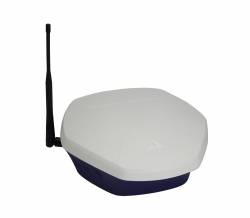 NovAtel SMART-MR15
NovAtel SMART-MR15NovAtel Inc. has released its new SMART-MR15 product, a dual-frequency receiver/antenna combination with an integrated cellular modem.
By Inside GNSS NovAtel SMART-MR15
NovAtel SMART-MR15NovAtel Inc. has released its new SMART-MR15 product, a dual-frequency receiver/antenna combination with an integrated cellular modem.
By Inside GNSS
In his State of the Union address on January 25, President Obama held up the Global Positioning System as a prime example of government providing “cutting-edge scientists and inventors with the support that they need” to create world-leading, job-creating innovation.
The following day, the Federal Communications Commission (FCC) International Bureau approved a conditional waiver allowing LightSquared Subsidiary LLC to build tens of thousands of terrestrial transmitters for wireless communications in frequencies on either side of the GPS L1 band.
By Inside GNSS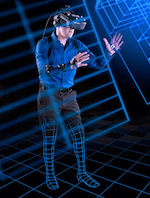 Collaborative Human Immersive Laboratory (CHIL) illustration (Lockheed Martin)
Collaborative Human Immersive Laboratory (CHIL) illustration (Lockheed Martin)GPS III contractor Lockheed Martin has integrated several virtual reality technologies in a new Collaborative Human Immersive Laboratory (CHIL) in Littleton, Colorado, which will be used to validate and test next-generation GPS and other space programs.
With CHIL, Engineers and technicians can explore satellite designs and functions, troubleshoot and fine-tune them in a virtual world before building them in physical space.
By Inside GNSSParimal Majithiya received his B.E. (electronics and communication) from Gujarat University and an M.Tech degree in satellite communications from Andhra University.
He joined the Indian Space Research Organization (ISRO), Space Applications center in 1987 and worked in the field of satellite communication and system engineering as a project manager.
By Inside GNSS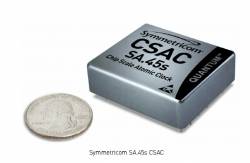
After eight years of successful participation in the Defense Advanced Research Projects Agency (DARPA) chip scale atomic clock (CSAC) initiative, Symmetricom, Inc., announced today (January 18, 2011) the general availability of what it says is the world’s smallest, lowest power atomic oscillator: a 16 cubic-centimeter unit weighing less than 35 grams (about 1.25 ounces) and operating on only 115 milliwatts of 3.3 VDC power.
By Inside GNSS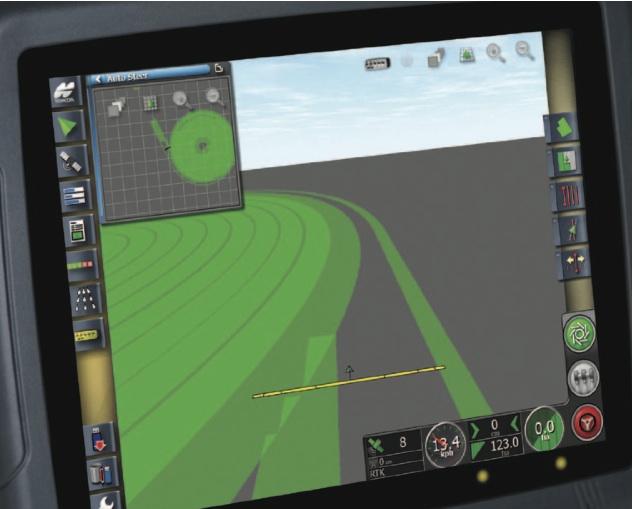 Topcon X30 controller
Topcon X30 controllerTopcon Positioning Systems (TPS) and DICKEY-john Corporation, an agricultural systems and machine control manufacturer based in Auburn, Illinois, have formed a strategic relationship in the agriculture industry.
Headquartered in Livermore, California, TPS recently unveiled its System 350 machine control system, which employs the company’s new X30 control console and its AGI-3 receiver for autosteering.
By Inside GNSS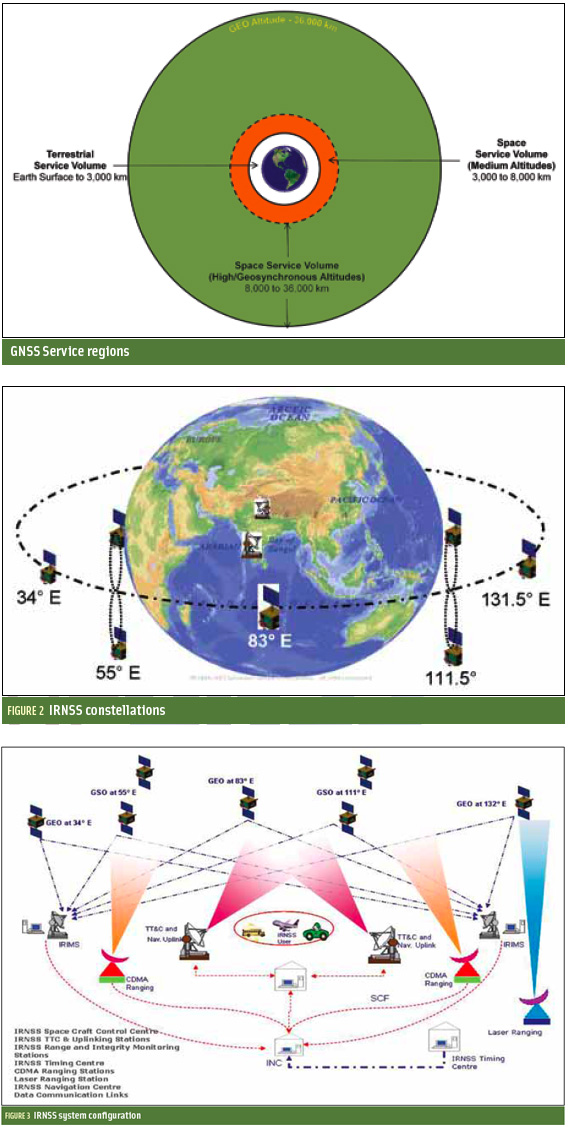 FIGURES 1, 2 & 3
FIGURES 1, 2 & 3For the complete story, including figures, graphs, and images, please download the PDF of the article, above.
In satellite navigation, a GNSS receiver must account for several sources of error such as relativistic effects, atmospheric propagation delay, offset of satellite clocks from system time and satellite ephemeris. In order to accurately compute user position, velocity, and time (PVT), these errors need to be predicted/estimated precisely.
By Inside GNSS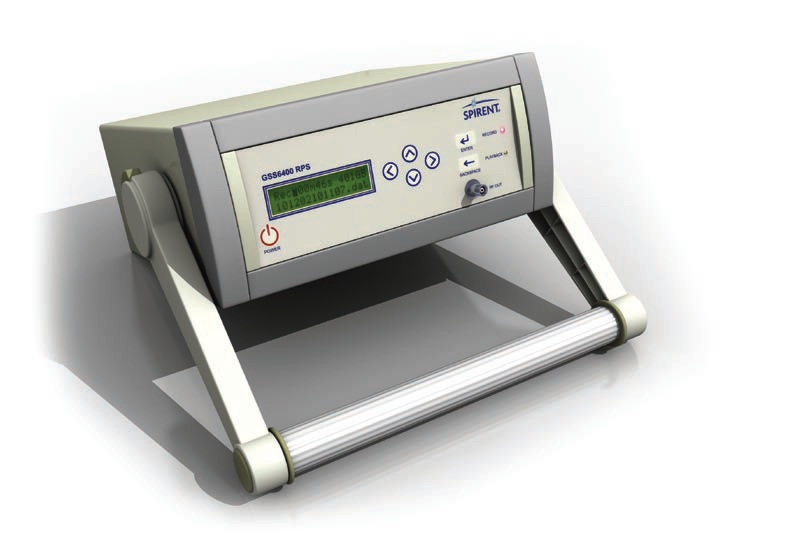
Spirent Communications, long established in the laboratory test marketplace with its line of navigation and positioning simulators, has extended its product development into real-world environments by introducing a GNSS record and playback system (RPS).
By Inside GNSS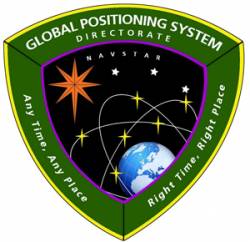
The GPS program continues progress on several fronts — in space and on the ground.
During fall 2010, the U.S. Air Force and the Raytheon Company team developing the GPS Advanced Control Segment (OCX) successfully carried out an integrated baseline review (IBR) for the next-generation system on schedule.
When completed in 2015 under the current schedule, GPS OCX will deliver control segment enhancements designed to provide secure, accurate and reliable navigation and timing information to military, commercial and civil users.
By Inside GNSS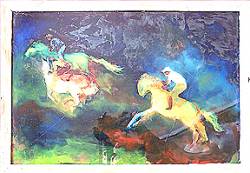 Horses racing by Margret Hofheinz-Doering 1956
Horses racing by Margret Hofheinz-Doering 1956Return to "GNSS Year in Review"
We’ve come a long ways from the attitudes of the Cold War environment in which the Global Positioning System and GLONASS programs arose.
But that doesn’t mean that GNSS competition is a thing of the past. Indeed, the second most-read item on the Inside GNSS website during this year was a March 2009 article entired “GPS, GLONASS, Galileo, Compass: What GNSS Race? What Competition?”
By Inside GNSS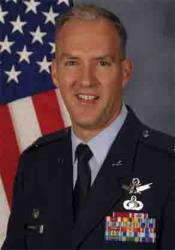 Col. Bernard Gruber
Col. Bernard GruberThe GPS Directorate completed its second Annual GPS Enterprise Review (AGER) on December 17, concluding that the program has achieved major milestones in developing and deploying modernized GPS capabilities.
Col. Bernard Gruber, GPS program director at the Space and Missile Systems Center, Los Angeles Air Force Base, led his team through a Defense Acquisition Board (DAB) review chaired by Frank Kendall, deputy undersecretary of defense for acquisition, technology and logistics, and attended by other senior Department of Defense (DoD) officials.
By Inside GNSSGMV will launch the SRX-10, a software GPS receiver for mass-market applications, at this year’s GSMA Mobile World Congress, scheduled February 14–17 in Barcelona, Spain.
As a fully hosted solution, all SRX-10 receiver functions — even signal acquisition and tracking — can be hosted on a general purpose CPU with only the requirement of adding on a low cost RF front-end, according to the company.
The company cites other benefits offered by its new software receiver, particularly its substantial flexibility and upgradeability.
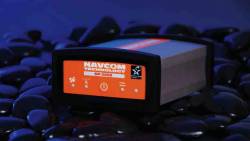
NavCom Technology, Inc., has announced new capabilities for the SF-3050 multi-frequency GNSS receiver and Sapphire GNSS OEM board.
In addition to the integrated StarFire/real-time kinematic (RTK) GNSS capabilities, the SF-3050 and Sapphire now support single-frequency, multi-constellation operation, heading, and moving base station RTK operation that enables coordinated vehicle applications.
By Inside GNSS